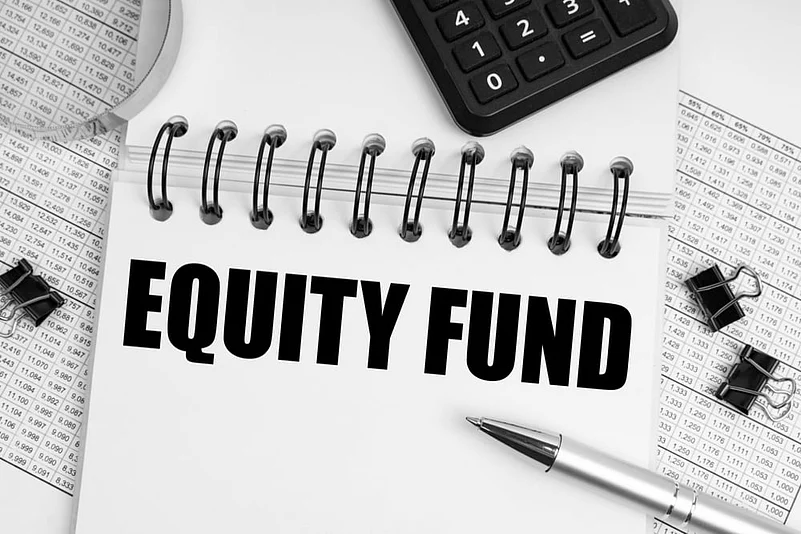Active equity funds saw net inflows of about Rs. 74,000 crore in the July-September 2023 quarter, as against Rs. 9,000 crore by passive equity funds in the same period, while active debt funds saw net outflows of Rs. 51,000 crore during the same period.
Arbitrage funds were also gaining in popularity as more investors were turning to them as they have become more tax-efficient compared to liquid funds. At more than 80 per cent of the market share, arbitrage and broad based categories took the lion’s share of net inflows into equity funds in the July – September quarter, the study titled Where Money Flows by Motilal Oswal Asset Management Company (AMC) said.
According to the study, the mutual fund industry has grown by five times in the last 10 years, with assets under management (AUM) growing from Rs. 8.3 lakh crore in December 2013 to Rs. 46.4 lakh crore as of September 2023.
The AUM of passive funds have also grown to over 17 per cent from a mere 1.5 per cent in 2015, the study said. However, equity took the major share at 54 per cent, followed by debt at 32 per cent, hybrid at 9 per cent and the rest 5 per cent consisting of multi-asset, international, commodity, and solution-oriented funds.
Within equity, the broad based category in both active and passive equities attracted significant net inflows, of which the Employees Provident Fund Organisation (EPFO) accounted for most of the flows, the study said.
As for outflows, among active equity funds, the focused and equity-linked savings scheme (ELSS) categories experienced the highest net outflows, totalling around Rs. 2,000 crore. In passive equities, thematic funds accounted for the entire net outflows of Rs. 1,900 crore.
The study further said that investors continued to bet on active small cap funds, thus highlighting the high investor risk appetite.
“Active multi-cap funds picked up steam with two new fund offerings (NFOs) garnering Rs. 2,000 crore out of the Rs. 8,000 crore net inflows in Q2FY24. Investors flocked to passive large-cap funds with the category receiving about 90 per cent of all net inflows while active large-cap funds experienced outflows. Other passive categories like mid- and small-caps also received high net inflows considering relatively small AUM,” the study said.
Liquid and overnight funds accounted for more than 90 per cent of net outflows from the constant maturity category, followed by ultra short and short duration funds. Most of these net outflows came in August and September of 2023, the study said.
Elsewhere, hybrid funds received the most outflow on a cumulative basis at Rs. 26,000 crore since December 2018. However, balanced advantage funds (BAF) proved to be the knight in shining armour as it allowed fund managers to provide flexibility in asset allocation and in driving constant cash flows on the back of aggressive promotion by several AMCs, the study said.
Pratik Oswal, head of passive funds, Motilal Oswal AMC said: “At present, there is no comparable data of net flows available to make objective and easy comparison between active and passive funds across different categories. Our aim with this report is to present a snapshot of the changing dynamics and emerging trends within the mutual funds industry in the past quarter. We believe this will be very helpful for investors as well as investment advisors to make informed decisions.”
Mahavir Kaswa, head of research (passive funds), Motilal Oswal AMC, said: “We have developed our own proprietary 5-level classification model for mutual fund schemes, based on aspects like style of investing, asset class, category within asset class, sub-type within each category, and route/format of investing. This helps us to analyse the entire industry with a high level of granular detail and draw meaningful insights into where investor’s money is actually flowing.”









